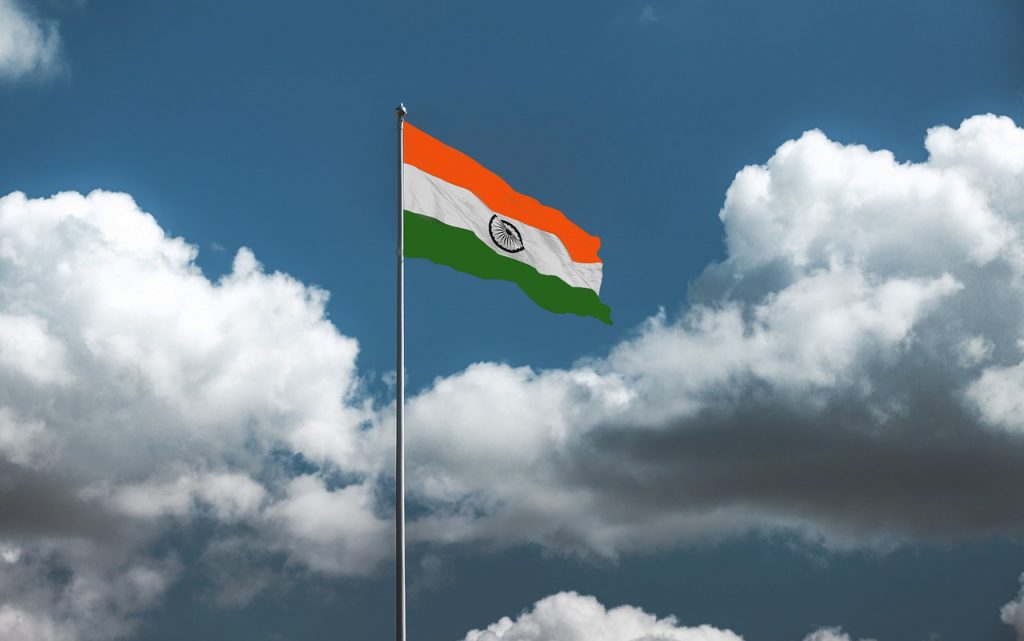Accession Day holds significance for the union territory of Jammu and Kashmir, as it commemorates the day when Maharaja Hari Singh signed the Instrument of Accession. The accession was duly accepted and signed on October 27 by Lord Mountbatten, the then Governor-General of India. It completed the process of an accession under the Indian Independence Act of 1947. The day is observed as a public holiday in J&K and is celebrated on October 26.
History of the Accession Day
The Indian Independence Act divided British India into two countries, India and Pakistan, and 580 princely states had their sovereignty restored to them. The princely states were then given the option to stay independent or join the Dominion of India or Pakistan. Maharaja Hari Singh wanted to remain independent. However, with invasions from tribe members and army men from Pakistan, he approached India for help. New Delhi expressed willingness to help him but with the condition of accession of the state to the Dominion of India.
In late 2019, J&K’s Lieutenant-Governor, Garish Chandra Murmu, and his two advisors declared October 26 a gazetted holiday in Jammu and Kashmir. It features patriotic festivities, rallies, signing India’s national anthem, and raising the tricolor. Let us now look at a few essential facts of Accession Day.
Some Facts of the Accession Day
When Maharaja Hari Singh wrote to Lord Mountbatten seeking help in the face of the invasions, Mountbatten replied saying, “it is my government’s wish that as soon as law and order have been restored in Jammu and Kashmir and her soil cleared of the invader, the question of the State’s accession should be settled by a reference to the people.” This remark is believed to have sparked the Kashmir dispute.
As advised by Mountbatten, the Indian government attempted a plebiscite or referendum for the Kashmiri people to decide if they wanted to remain independent or become a part of India or Pakistan. However, the plebiscite could not happen, as the government of Pakistan and a part of the Kashmiri people questioned the legality of India’s accession to Kashmir. This, even today, remains a debate.
The Instrument of Accession was signed at Amar Palace in Jammu on October 26, which Mountbatten accepted on October 27. However, Maharaja Hari Singh had earlier signed a standstill agreement with Pakistan for uninterrupted trade and communication in Kashmir. The Government of Pakistan contested the accession, claiming it to be fraudulent and that the Maharaja was compelled to sign the agreement with India.
While the accession remains a topic of debate, the date of the accession also is questioned. Indian historian Prem Shankar Jha said it was signed on October 25, while British researcher Andrew Whitehead claims it happened a day later, which is October 26. Further, on October 27, the first Sikh battalion of the Indian Army arrived at Srinagar, where they resisted the Pathan invasion and thus completed Kashmir’s accession to India officially.
In October last year, Accession Day was officially celebrated for the first time in J&K’s history.



